The sibyls, in Greek and Roman mythology, were women capable of predicting the future, named after the first of them all, a young woman (daughter of Dardanus and Neso) who prophesied the Trojan War.
She was in Delphi before the existence of the Pythia oracle and the sanctuary of Apollo, and her original name, according to Pausanias, was Herophile.
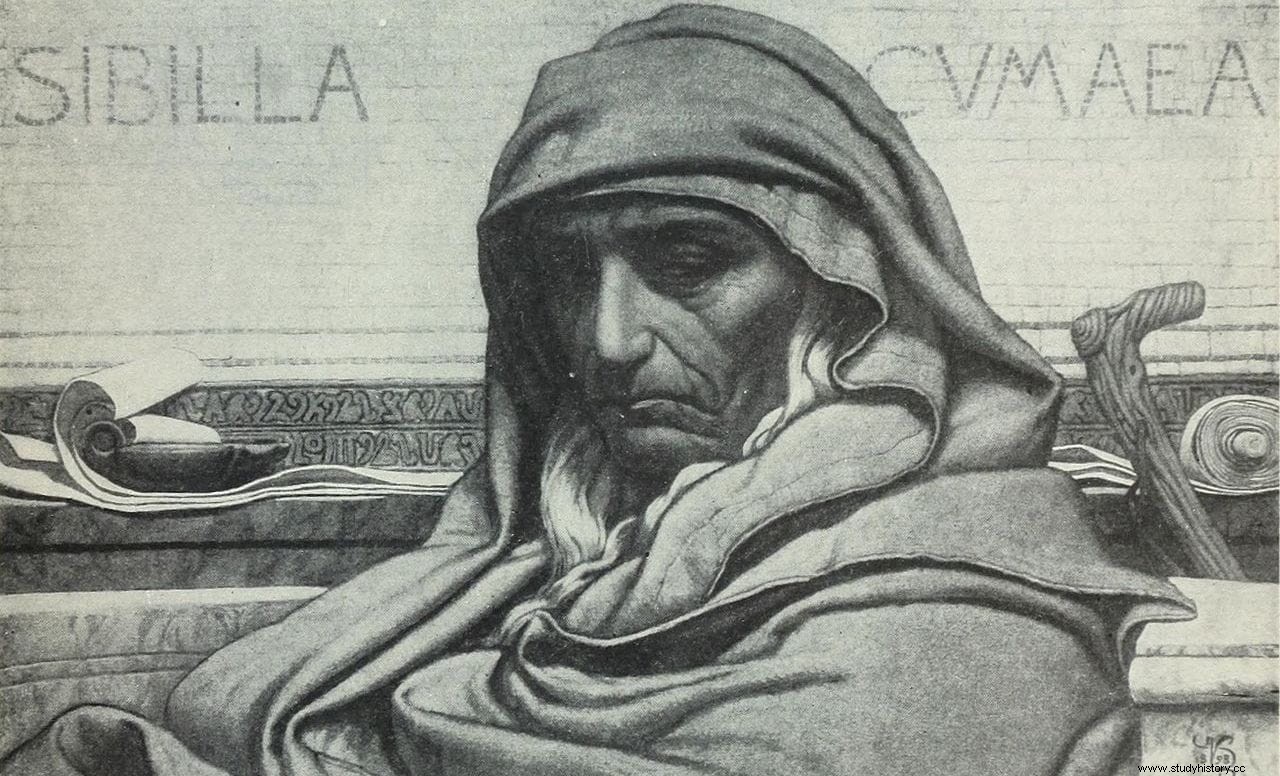
Heraclitus only mentions a sibyl in the 5th century BC, as does Plato in the 4th century BC. But three centuries later the number had already increased so much that the Roman writer Marcus Terence Varro, who lived in the 1st century BC, left a list of the ten most important sibyls of the ancient world:the Sibyl of Samos, the Eritrean Sibyl, the Sibyl of the Hellespont, the Phrygian Sibyl, the Cimmerian Sibyl, the Delphic Sibyl, the Cumaean Sibyl, the Libyan Sibyl, the Tiburtine Sibyl and the Persian Sibyl.
They also had their male equivalent in the Bakis (or Bacis ), a name given to men who made prophecies similar to the sibyls. The most famous were those of Boeotia, Arcadia and Athens.

As the prophecies announced by the sibyls (without the need to be consulted or questioned, unlike the oracles) were believed to be fulfilled many years later, devout priests began to compile them in books so that they would not be lost. And since there were ten sibyls, volumes and volumes gradually filled up.
Of all of them, the most important and famous was the Sibyl of Cumae, the first city founded by the Greeks in the Italian peninsula, located on the coast of the Tyrrhenian Sea, about 10 kilometers north of Cape Miseno and the Gulf of Naples. Since it had been founded by settlers from the island of Euboea, Virgil and other writers often call it Euboean Sibyl .
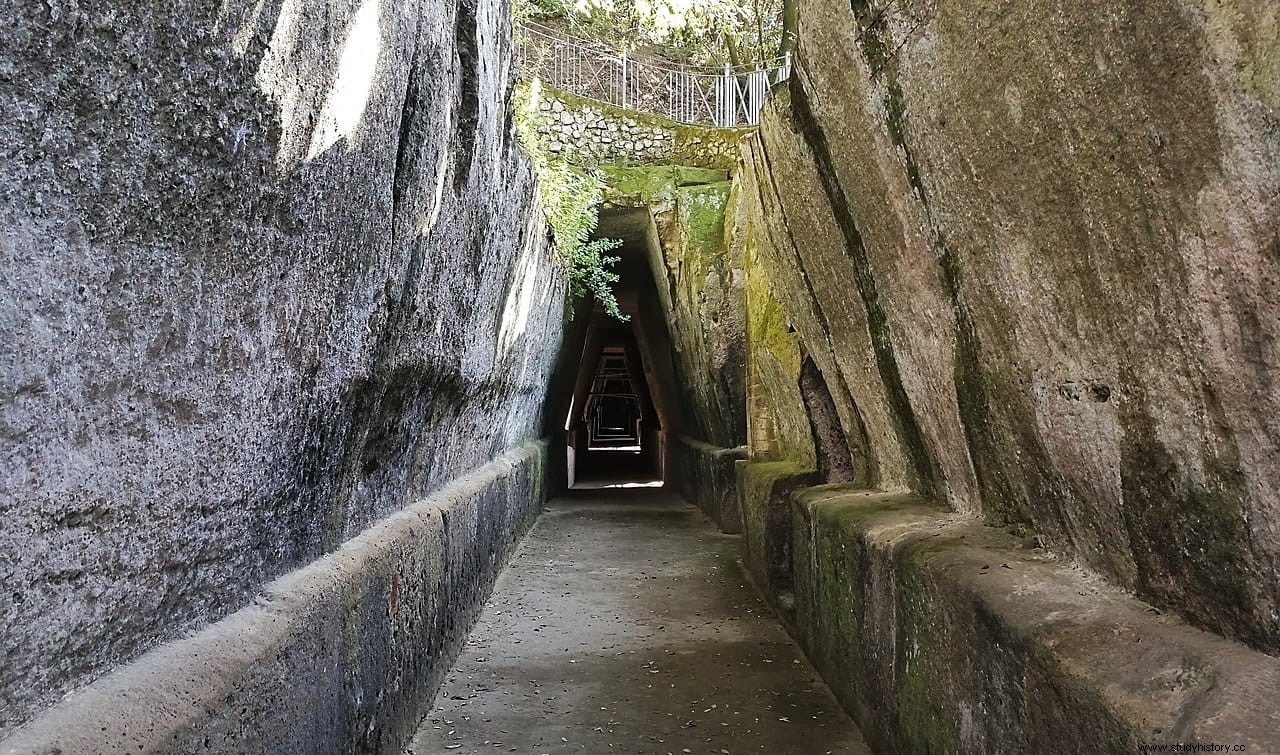
The legend relates the Sibyl of Cumae directly to Rome, as we have already seen in the article dedicated to the Sibylline Books. Thus, the last king of Rome, Tarquinius Superbus, would have refused to buy the nine books of prophecies that the sibyl offered him. So the sibyl destroyed three and asked the same price for the remaining six. Being rejected again, he returned to burn three and, fearing that there were none left, Tarquinio agreed to buy the last three for the initial price.
The sibyls used to prophesy in caves and rocks, and precisely among the ruins of the city of Cumae a cave is preserved, which is identified as the place where the Sibyl of Cumae offered her oracles.
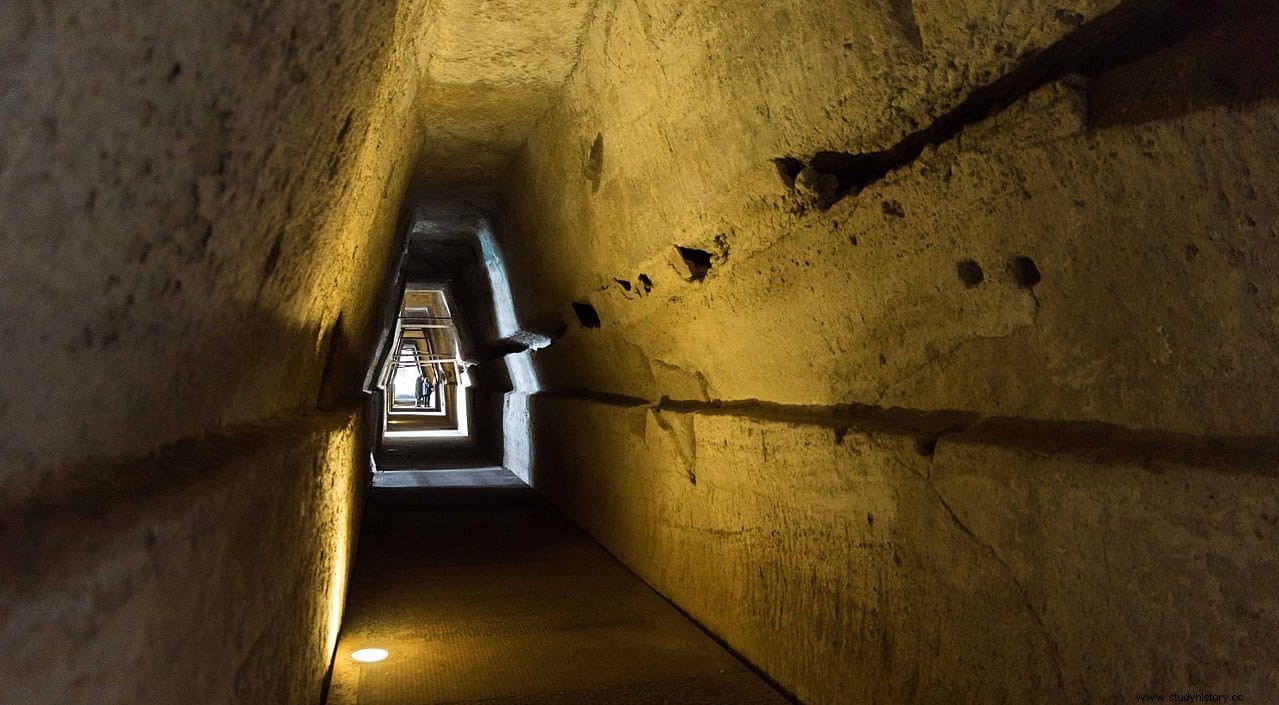
It is an artificial cavity, excavated in the rock and 131 meters long, 2.5 meters wide and 5 meters high. The structure is rectilinear and has a trapezoidal shape at the top, producing a curious optical effect. Along its route it has nine openings that allow the entry of light and air. The eastern wall gives entrance to several rooms, possibly cisterns, in one of which there is a curious stone chair.
At the end of the cavity there is a vaulted room with three niches, which the Romans believed to be the rooms of the Sibyl. However, neither the date of construction of the cave nor its function is known. Some historians affirm that it would date from the 7th century BC, although it clearly would have suffered alterations in the imperial era.
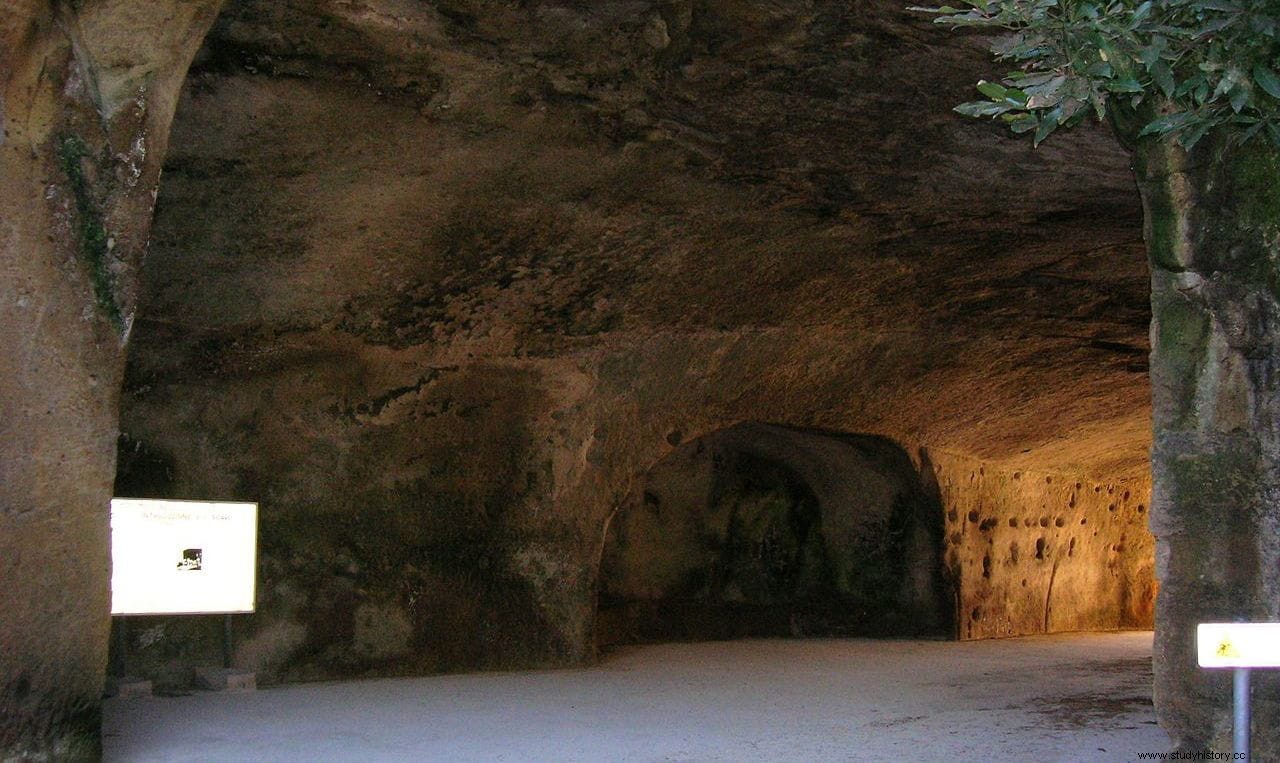
The cave, which was abandoned along with the city of Cumae from the 13th century AD, was discovered and explored by the Italian archaeologist Amedeo Mauri, who named it the antro della sibila , based on Virgil's description of it in the sixth book of the Aeneid .
Next to the entrance there is an inscription that recalls the words of the poet Virgil when he describes the abode of the sibyl:
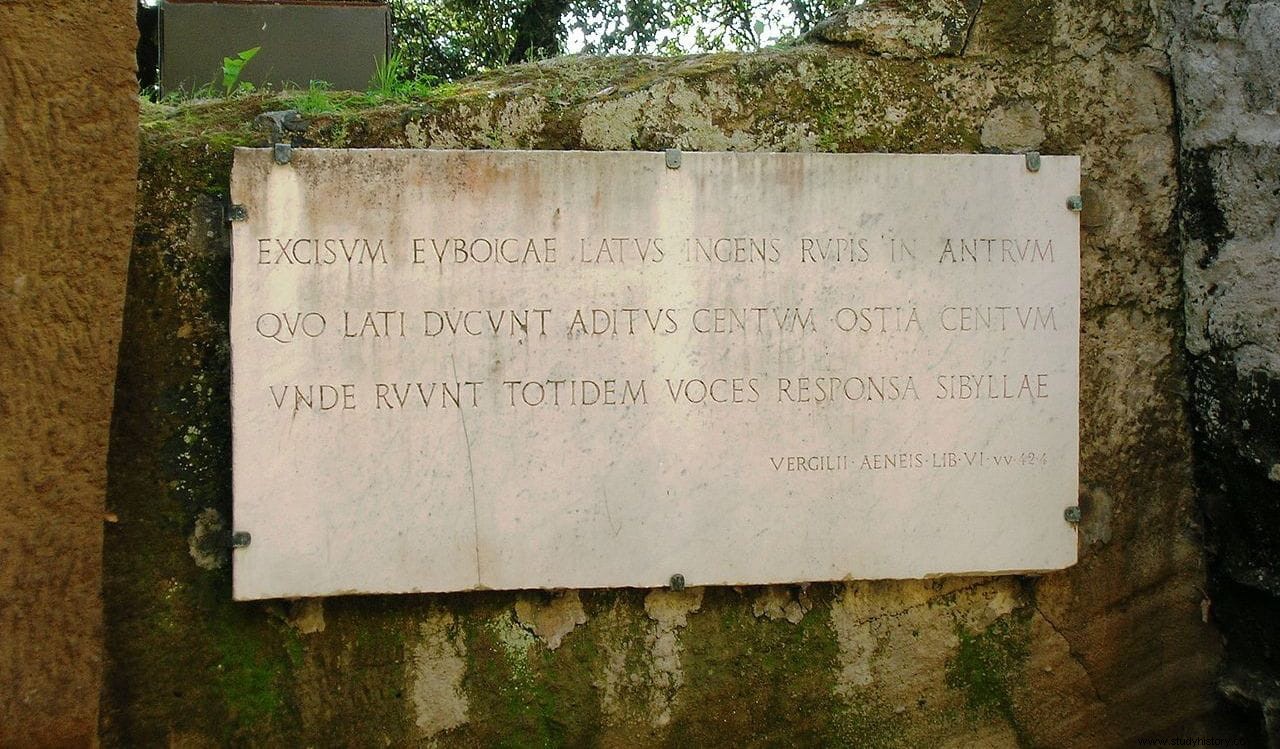
However, other archaeologists propose a complex of tunnels near Bayas (the ancient Baiae) as the home of the Sibyl of Cumae. ) that leads to an underground geothermal stream, and whose route seems to fit well with the description that Virgil himself makes in the Aeneid of Aeneas' journey to the underworld.
